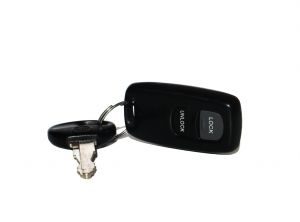This one’s a hoot.
A Massachusetts man was recently charged with his third drunk driving offense as well as disturbing the peace, leaving the scene of property damage, resisting arrest and failure to stop for police after he allegedly exited his vehicle and climbed up 30 feet into a tree and “rambled about being an owl.”

According to UPI, State Troopers report that the 37-year-old man was driving erratically when they tried to pull him over. After following him for some times in the emergency breakdown lane, the man finally stopped, hopped over a guardrail and sprinted into the woods. Officers searched for the man for roughly an hour when they found him hiding in a tree. The driver tried to charm officers by telling them not only how good of a guy he was, but also started impersonating an owl and shaking branches in that tree and yelling, “Look, it’s snowing.”
Our drunk driving car accident lawyers in Northborough understand the driver was previously convicted of drunk driving back in 2003 and again in 2005. Unfortunately, these kinds of drivers are not uncommon. The truth of the matter is that drunk driving is a serious problem for the U.S. Alcohol-related fatal driving crashes cause roughly 17,000 fatalities each year. A number of policies and practices have been implemented across jurisdictions to address drunken driving, including increasing the minimum drinking age and lowering illegal thresholds for blood-alcohol concentration (BAC). States and local jurisdictions have also administered fines, substance abuse treatment, incarceration, electronic monitoring, and other tactics to individuals who have been convicted of driving while intoxicated (DWI); yet drunk driving incidents continue to go undetected and arrests, injuries, and fatalities remain a primary threat on the road..
Continue reading
 Boston Drunk Driving Accident Lawyer Blog
Boston Drunk Driving Accident Lawyer Blog









